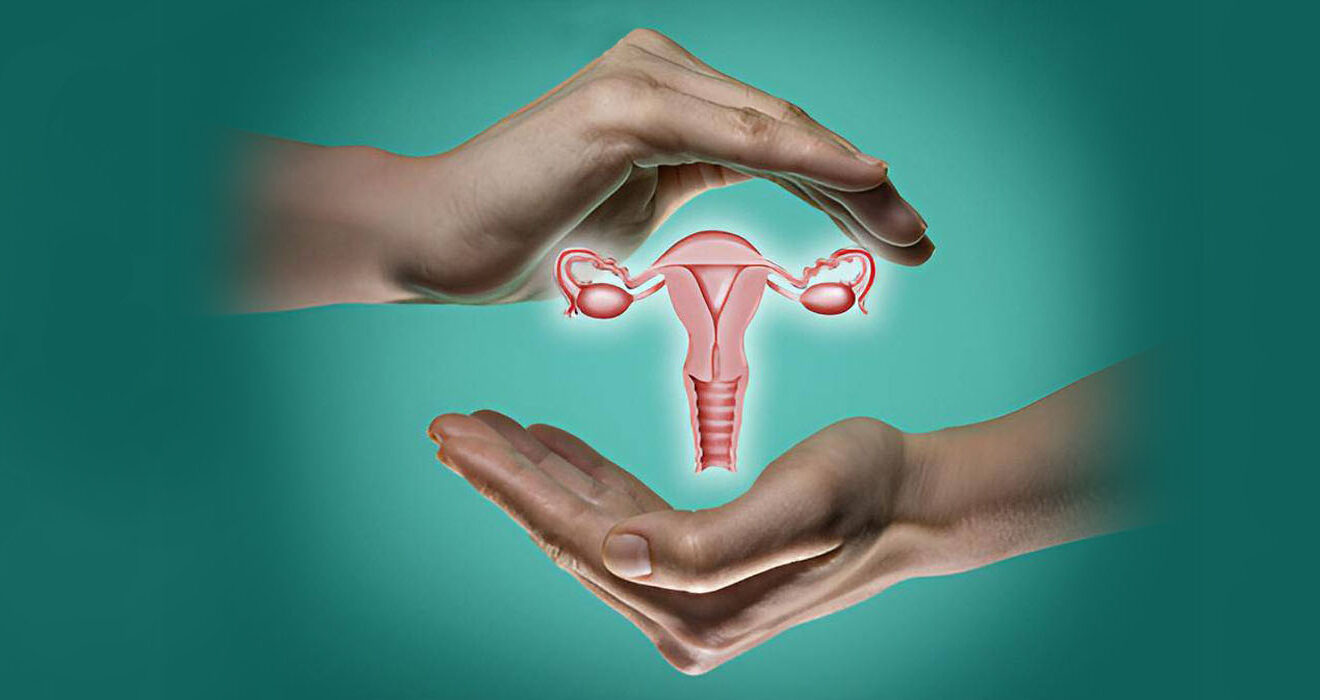Understanding Fertility Preservation: A Comprehensive Guide
Fertility preservation is becoming an essential aspect of reproductive health, allowing individuals and couples to safeguard their ability to conceive in the future. With advances in medical technology, fertility preservation offers a way for those facing medical treatments, personal circumstances, or life choices to maintain their reproductive options. This guide aims to provide a comprehensive overview of fertility preservation, the techniques involved, and the reasons you might consider this important service.
What is Fertility Preservation?
Fertility preservation refers to medical techniques that enable individuals to store their eggs, sperm, or embryos for future use. This can be a crucial option for those who may face infertility due to various factors, including medical treatments (like chemotherapy), age, or personal choices regarding family planning.
Techniques Involved
- Egg Freezing (Oocyte Cryopreservation):
- This process involves stimulating the ovaries to produce multiple eggs, which are then retrieved and frozen for future use.
- Sperm Freezing (Semen Cryopreservation):
- Men can freeze sperm before undergoing medical treatments or when they want to delay fatherhood.
- Embryo Freezing:
- Couples undergoing in vitro fertilization (IVF) can create embryos and freeze them for later implantation.
Why Consider Fertility Preservation?
Medical Reasons
Many individuals consider fertility preservation due to medical conditions that can affect fertility. This is especially common for:
- Cancer Patients: Chemotherapy and radiation therapy can adversely impact fertility. Freezing eggs or sperm before treatment can help preserve reproductive potential.
- Genetic Disorders: Individuals with hereditary conditions that may impair fertility can benefit from preservation techniques.
- Premature Menopause: Women facing early menopause may want to consider freezing eggs while they are still viable.
Personal Choices
In today’s society, personal choices also drive the decision to preserve fertility:
- Career Advancement: Many women are prioritizing their careers, leading to delayed motherhood. Egg freezing allows them to focus on their careers without the pressure of an impending biological clock.
- Relationship Status: Some individuals may not yet be in a stable relationship but wish to keep the option for future parenthood open.
- Financial Stability: The rising cost of living and raising children may encourage individuals to wait until they are financially ready.
Social Factors
Fertility preservation services have also gained popularity among specific social groups:
- Same-Sex Couples: Couples looking to start a family can benefit from options like donor eggs or sperm combined with preservation techniques.
- Single Individuals: Many singles are opting for fertility preservation to ensure they have the option to conceive in the future.
The Process of Fertility Preservation
Initial Consultation
The journey begins with an initial consultation with a fertility specialist. This appointment allows the specialist to assess your medical history, reasons for preservation, and the most suitable options for your individual needs.
Pre-Treatment Testing
Comprehensive testing is essential to determine your fertility health. This may include:
- Hormonal Tests: Assess levels of hormones that regulate reproductive health.
- Ultrasounds: Evaluate the health and structure of the ovaries and uterus.
- Semen Analysis: For men, to assess sperm quality and count.
Treatment
- Ovarian Stimulation: For egg and embryo freezing, hormonal medications are prescribed to stimulate the ovaries to produce multiple eggs.
- Monitoring: Regular ultrasounds and blood tests will monitor the response to medications.
- Egg/Sperm Retrieval: Once the eggs are mature, a minor surgical procedure is performed to retrieve them, or sperm is collected through masturbation or surgical methods if necessary.
Cryopreservation
Once retrieved, eggs, sperm, or embryos are frozen using advanced cryopreservation techniques. This process ensures that the reproductive materials remain viable for future use.
Success Rates and Considerations
Success rates for using preserved reproductive materials vary based on several factors, including:
- Age: The age at which eggs or sperm are frozen significantly affects the chances of successful conception.
- Health: Overall health and specific fertility conditions play a crucial role.
- Type of Preservation: Success rates differ between using frozen eggs, sperm, and embryos.
Safety and Long-Term Viability
Many individuals worry about the safety of the freezing process. However, studies have shown that cryopreservation is a safe and effective method, with the potential for successful pregnancies using frozen materials.
FAQs About Fertility Preservation
- How long can frozen eggs or sperm be stored?
- There is no definitive limit on the duration of storage. Frozen materials can be kept for many years, with ongoing research suggesting that viability remains intact.
- Is the freezing process safe?
- Yes, egg and sperm freezing procedures are common and considered safe when performed by qualified specialists.
- What is the success rate of using frozen eggs or sperm?
- Success rates vary. For women under 35, the chances of having a baby using frozen eggs can be as high as 60% with IVF.
- Can I use frozen eggs or sperm from a donor?
- Yes, many clinics offer options for using donor eggs or sperm in conjunction with preservation techniques.
Conclusion
Fertility preservation is a valuable option for those looking to maintain their reproductive potential for the future. With advances in technology and a growing understanding of reproductive health, individuals can take control of their fertility journey. If you are considering fertility preservation, contact [Your Clinic Name] today to schedule a consultation and learn more about your options.


